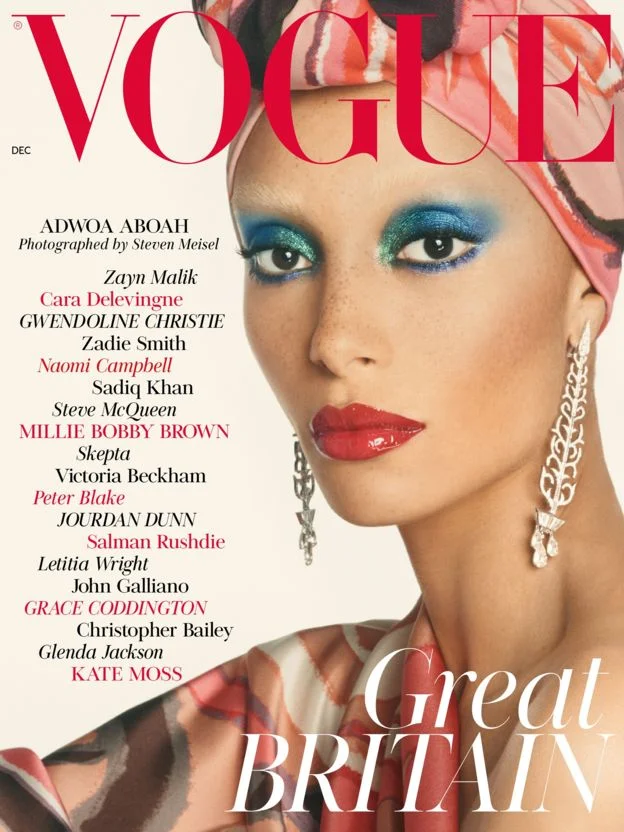Metamorphosis; Edward Enninful Addresses Fashions Diversity Problem With His Debut Cover For British Vogue
Edward Enninful Fashion illustration created by @fashionlawbusiness
British Vogue is addressing its diversity issue with new editor-in-chief Edward Enninful revealing his first ever British Vogue cover, featuring 25-year-old Ghanaian-British model Adwoa Aboah.
The much anticipated December 2017 issue - marks the beginning of a new era at the magazine, as Vogue takes a new turn - with Enninful having previously pledged that under his reign as editor-in-chief that more diversity will be embraced. The cover, starring Adwoa Aboah, styled by Edward Enninful and photographed by Steven Meisel, according to Vogue "will land on newsstands on November 10." And along with rising model Adwoa Aboah, feautures Victoria Beckham, Letitia Wright, Glenda Jackson, Grace Coddington, Millie Bobby Brown, Christopher Bailey, Gwendoline Christie and Jourdan Dunn, among more.
Enninful, awarded an OBE for services to diversity in fashion in 2016, has highlighted his desire to further increase diversity at the renowned high fashion publication and true to his word has done just that, with this months feauture cover.
Image courtesy of British Vogue; Photographer: Steven Meisel/Vogue
Speaking to the BBC Enninful said: “My Vogue is about being inclusive, it’s about diversity. Showing different women, different body shapes, different races, class...tackling gender."
"You are going to see all different colours, shapes, ages, genders, religions. That I am very excited about. You are going to see less of models who don’t look so healthy.”
Referring to his desire to "create a magazine that was open and friendly."
Signalling A Change In The Fashion Industry?
This comes as a momental juncture for the fashion publication, as Vogue has long been criticised for failing to represent diversity. In the past 12 years and 146 Vogue covers that have been shot under the reign of respected industry pioneer and former editor Alexandra Shulman - not one of those have featured a model of colour, and addressing this lack of diversity in fashion, Shulman previously has blamed this on the consumer arguing that: "in a society where the mass of the consumers are white and where, on the whole, mainstream ideas sell, it’s unlikely there will be a huge rise in the number of leading black models."
Yet however, other editors like the late Franca Sozanni have chosen to deal with the issue of diversity head on - using her position of influence and power as editor of Italian Vogue to inspire and change the face of the fashion - for example, producing an all black issue of Vogue Italia and winning the Swarovski Award for Positive Change in 2016 for taking on big issues such as “diversity, ecology and feminism” and also for her “tireless commitment to fundraising for local and international charities.”
"We cannot use only these girls who are the same," Sozzani says. "We go to the East Side and Russia. We go looking for tall, thin and blue eyes. But we have to scout in Africa, everywhere."
That brings us to the question of how and in what ways culture is produced?
Metamorphosis
Image courtesy of British Vogue; Photographer: Steven Meisel/Vogue
As scholar Sally Engle Merry writes, “every discourse contains a more or less coherent set of categories and theories of action: a vocabulary for naming events and persons and a theory for explaining actions and relationships. . . . Discourses are rooted in particular institutions and embody their culture. Actors operate within one or another available discourses”
But we forget that discourses are also constructed and as Barthes and Bourdieu would probably agree have the ability to construct and also reinforce culture.
Whereas, only a few years ago it was rare to see a model of colour featured in a runway lineup, today, the spotlight on models of colour is increasing. As Aleydis Nissen, PhD researcher at Cardiff University notes - "Enninful, is the first in a new generation of editors who understand the power they have to change the whole fashion industry."



